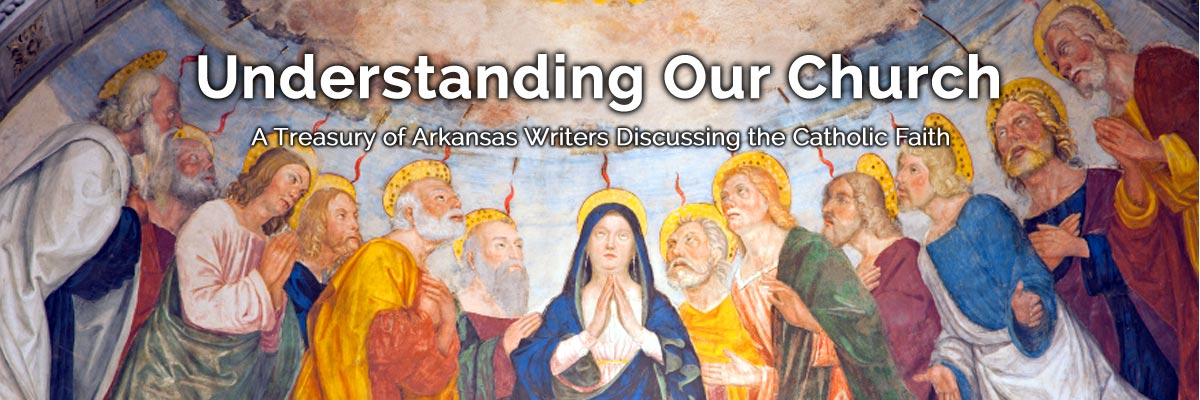Official Website of the
Catholic Diocese of Little Rock
Advent season celebrates Christ coming to us now and at death
Published: January 7, 2016
By Father Jerome Kodell, OSB
Subiaco Abbey
As the new year begins, we are completing the time in the Church’s year of worship which highlights the Advent of the Savior.
The liturgy understands this as applying to Jesus in two ways: the coming of Jesus at his birth — “He was born of the Virgin Mary;” and his coming at the end of time — “He will come again in glory to judge the living and the dead.”
But it always understands the application to our lives in two ways as well: the coming of Jesus right now in our everyday life, and the coming of Jesus to us in the hour of death.
Our liturgical books begin the year of worship with the First Sunday of Advent and the preparation for the birth of Jesus in the preaching of St. John the Baptist. Soon follows his baptism and public ministry, leading to the climax of his passion, death and resurrection in Lent and Easter. The sending of the Spirit at Pentecost is followed by many weeks representing the life of Christ in the Church and in our own lives.
The emphasis of the Advent and Christmas seasons in both the Church and our culture is on the first coming, the birth in Bethlehem, which can make us overlook the stress the Church also puts on the second coming during this time.
In the Advent liturgy the first and second comings of Christ interact with each other in the liturgical texts, but we are more accustomed to dealing with the Christmas themes. Without overlooking the centrality of this theme in our experience, I would like to point out how the theme of the second coming also pervades this season.
From the point of view of the liturgical celebration of Christ’s second coming, the whole period from November to January is concerned with the end of the world.
The Gospel readings for the final Sundays in Ordinary Time are chosen from Jesus’ prophecies about the destruction of Jerusalem and the Temple, which foreshadow the end of the world. This theme continues with the first Sunday of Advent, and soon it is blended with the preparation for the coming of the Messiah in the preaching of John the Baptist.
The culmination of the theme of the second coming in the liturgies of this season is not Christmas, but Epiphany. Epiphany means appearance. In the ancient liturgical calendar a main emphasis of the feast was the coming Christ on the clouds of heaven.
This emphasis remains but has been blended with themes of Jesus’ appearance as Messiah and Savior at his birth: his appearance to the whole world represented in the visit of the Magi from the East, and the revelation of his true identity at his baptism and in the changing of water to wine in the wedding at Cana.
The unfolding of the liturgical year has had various spiritual applications throughout history. We are heirs to this rich tradition for our own spiritual journey. Today our liturgical books begin the year of worship with the First Sunday of Advent and the preparation for the birth of Jesus in the preaching of St. John the Baptist.
Soon follows his baptism and public ministry, leading to the climax of his passion, death and resurrection in Lent and Easter. The sending of the Spirit at Pentecost is followed by many weeks representing the life of Christ in the Church and in our own lives.
In an older pattern, the year was based on the life of the Christian, beginning with the preparation for baptism during Lent, then baptism at the Easter Vigil and initiation to the full life of the Church with confirmation and the Eucharist.
In this arrangement, the weeks after Pentecost represent the daily life journey of a Christian, and the winter months bring the expectation of Christian death and the hope of the coming back of Christ in glory.




